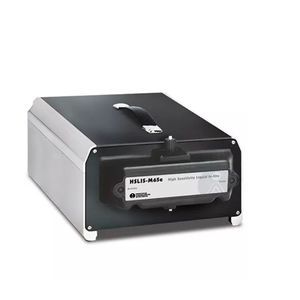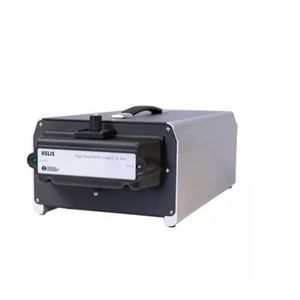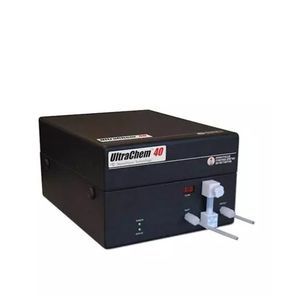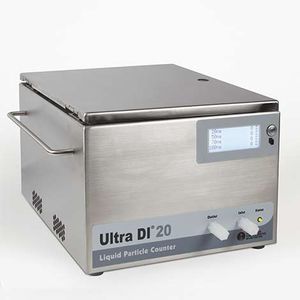
- Laboratory
- Physico-chemical analysis
- Laser particle counter
- Particle Measuring Systems
- Company
- Products
- Catalogs
- News & Trends
- Exhibitions
Laser particle counter APSS-2000for the pharmaceutical industryfor water treatment

Add to favorites
Compare this product
fo_shop_gate_exact_title
Characteristics
- Technology
- laser
- Applications
- for the pharmaceutical industry, for water treatment
Description
The APSS-2000 Liquid Particle Counter for USP 788 sizes and counts suspended particulate matter in a wide range of liquids, including parenterals, to meet all current U.S., European and Japanese Pharmacopoeia standards. Details:
Compliant with USP 788, USP 789, USP 729 and all equivalent European and Japanese pharmacopoeia
Proven long term reliability
Software database compatibility with LIMS (SQL Database)
Multiple syringe size configurations
Sensitivity range: 1.5 – 125 μm
18 configurable channels
Cost effective
Along with USP 788 for particles in liquids, the APSS-2000 Particle Counter has recipe
functions that allow it to adapt to future regulatory changes, and its small sample volume minimizes the waste of expensive product.
The APSS-2000 Liquid Particle Counter includes
SLS-1000 Syringe Sampler
LiQuilaz® eSeries Light Obscuration Spectrometer
SamplerSight Pharma Software,
reporting meets 21 CFR Part 11
SamplerSight Pharma Software allows operators to manage sampling requirements for batch-based operations and provides a comprehensive view of the batch information with histogram, time plot and tabular data presented in an easy-to-use format that is easily reported. SamplerSight Pharma features a validatable, user-friendly, Windows-based software with context-sensitive help.
Find the best particle counter from Particle Measuring Systems PMS for your application.
Particle Measuring Systems engineers, manufactures, installs, calibrates, repairs, and maintains the APSS-2000 liquid particle counter.
VIDEO
Catalogs
Other Particle Measuring Systems products
Liquid Particle Counters
Related Searches
- Analysis medical software
- Control software
- Laboratory software
- Windows medical software
- Reporting software
- Spectroscope
- Monitoring software
- Automated software
- Data management software
- Measurement software
- Benchtop spectroscope
- Data analysis software
- Particle Measuring Systems particle counter
- Real-time software
- Manufacturing software
- Particle Measuring Systems laser particle counter
- Particle size analyzer
- Validation software
- Software for the pharmaceutical industry
- Alarm software
*Prices are pre-tax. They exclude delivery charges and customs duties and do not include additional charges for installation or activation options. Prices are indicative only and may vary by country, with changes to the cost of raw materials and exchange rates.
















